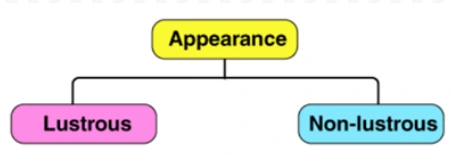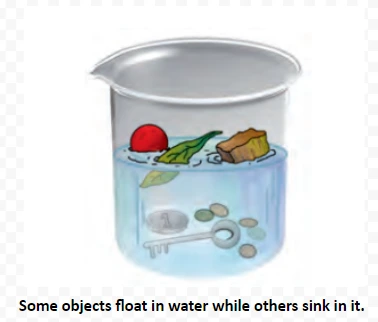![]() December 16, 2023
December 16, 2023
![]() 343
343
![]() 0
0
The things which we all use in our daily life are made up of different types of materials. All these materials have mass, shape and are classified based on many criteria, including their physical states, properties of materials, etc.


<div class="new-fform">
</div>

Latest Comments